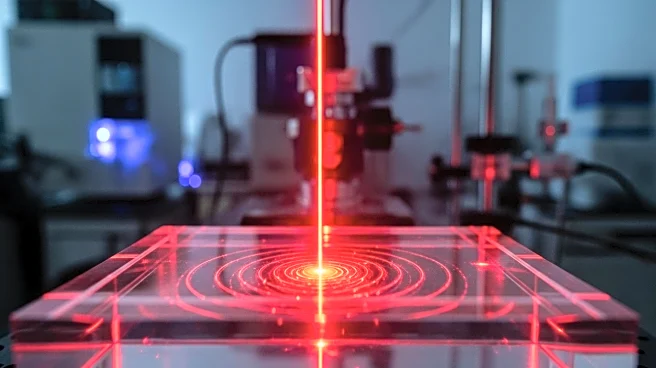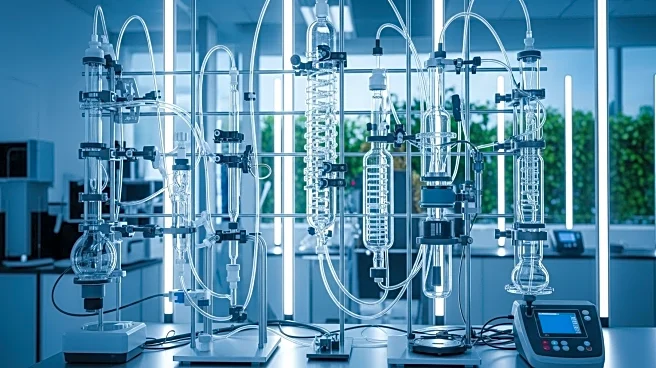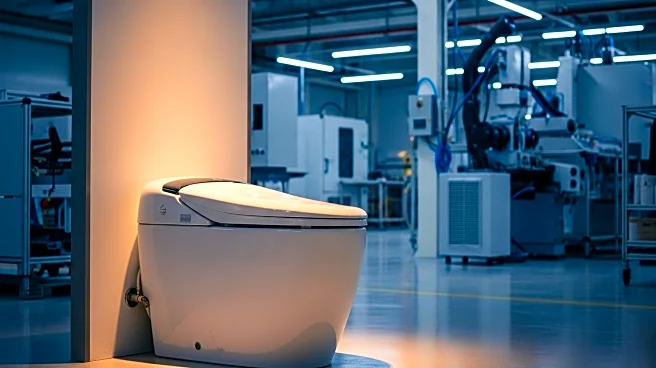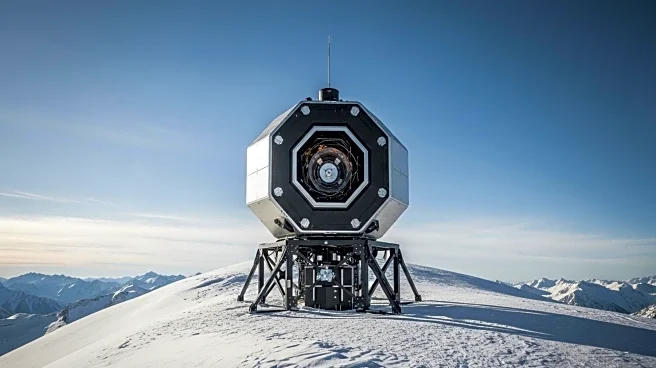What's Happening?
A team of chemists led by Christopher Barner-Kowollik and Georg Gescheidt has discovered that photopolymerizations occur with greater efficiency when irradiated at the red edge of the photoinitiator absorption spectrum, challenging traditional photochemical theories. Historically, chemists have been taught that photochemical reactions are most efficient when irradiated at the absorption maximum of the chromophore. However, this new finding, initially met with skepticism, has gained acceptance over time, although a comprehensive mechanistic explanation remains elusive. The concept of action plots has become widely accepted, but the mismatch between theory and experimental results continues to intrigue researchers.
Why It's Important?
This discovery has significant implications for the field of photochemistry, potentially leading to more efficient industrial processes involving photopolymerization. By understanding and utilizing the red edge of the absorption spectrum, industries could optimize reaction conditions, reducing energy consumption and costs. This could benefit sectors such as materials science and manufacturing, where photopolymerization is a key process. The ongoing research into the mechanistic explanation could further refine these processes, enhancing productivity and sustainability in chemical manufacturing.
What's Next?
Further research is needed to develop a generalizable mechanistic explanation for the observed efficiency at the red edge of the absorption spectrum. Chemists and researchers are likely to continue exploring this phenomenon, potentially leading to new theories and applications in photochemistry. Conferences and collaborative studies may focus on validating these findings and integrating them into practical applications, potentially influencing educational curricula and industrial practices.











